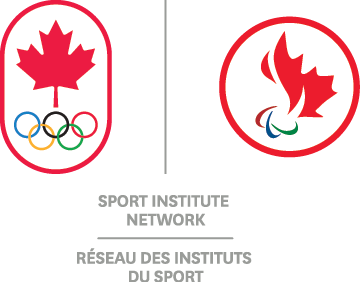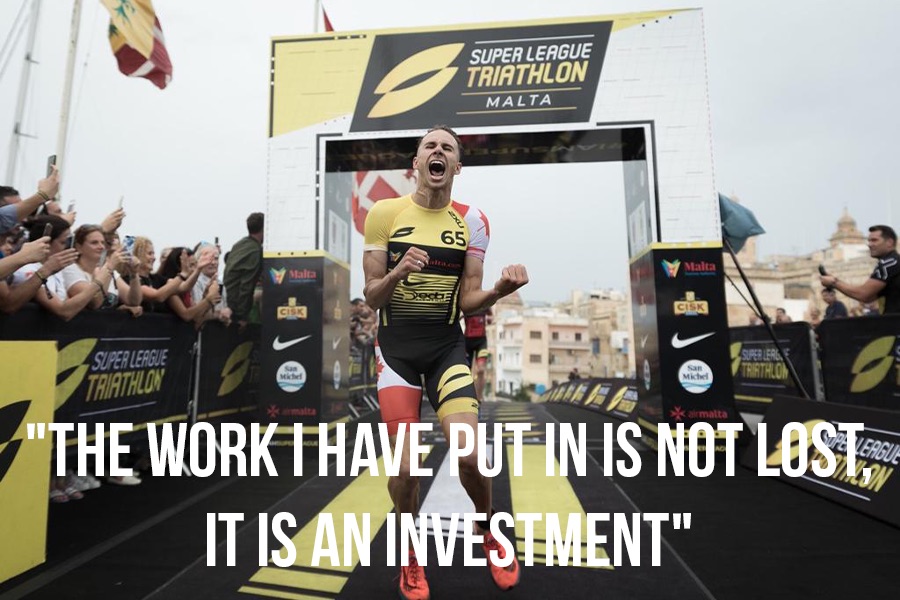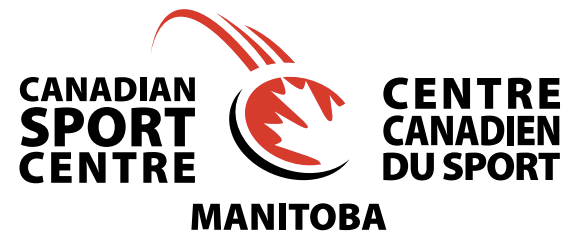Week 6: Returning to What You Love
Mental Performance
Training for a sport can sometimes get repetitive and tiresome. Over the past two years, many athletes have missed some of their favourite aspects of our sports as training and competition have repeatedly changed. Sometimes this has even been a reminder of what they love about their sport in the first place.
What do you love about your sport? Do you love challenging yourself? Mastering your craft? Competing against others? Does it help you relax or improve your mood? Think back to why you started participating in your sport and what you loved about it then. Your younger self would be so excited that you get to continue to do those things!
Practicing Gratitude
It’s important to take time to express gratitude for the positive aspects of our lives. Try taking a few deep breaths and paying attention to the many gifts you have. If you’re reading this newsletter, you have the gift of life. Someone has cared for you, helped you to grow, helped you to learn and understand language.
Now think about all of the things we have today that make our lives easier and more comfortable. We flip a switch, and a light appears. We have a roof to keep us dry, walls to keep out the wind, windows to let in the light. We get into a vehicle and can go wherever we like. We have clothes to wear, machines to wash them, and places to store them. We have machines that store our food and help us to cook it. We have access to thousands of books and articles and recordings at our fingertips, many freely available to anyone to borrow. And we can take advantage of these because we have schools that taught us to read and write.
Now take a moment to reflect on, and say thank you to, the thousands of people who have worked to make your life more pleasant, most of whom don’t know you at all. The people who have planted, grown, and harvested your food. Say thank you to the people who have built and maintained the roads and the railways and vehicles to transport that food. The people who sort your mail and take away your trash and provide your phone service, all so your life can be a little bit more pleasant. Say thank you to the people who create art or music, or write poetry or stories, to entertain and inspire you, and help you to feel deeply.
And finally take a moment to say thank you to the people who enrich your life. Those who smile at you and cheer you on, the people who have worked to make your life easier, and supported you when times have been hard. Reflect on your own reasons to feel grateful. You may even decide to write these down in a journal or a notebook and refer to them later.
Click here or here for guided mindfulness practices focusing on gratitude.
Dietetics
Fuel for the body and fuel for the soul: Returning to What You Love
Returning to what you love – training and competing, is one of the best feelings you have had in a very long time. The pressure of coming back in top shape, however, may seem daunting, and may have you consider overtraining and under-fuelling. This will not get you to doing what you love.
Remember, your body knows what to do. You need to do your part. Nourish yourself, train with intention, and let your body and mind recover. Give yourself the opportunity to get back into the swing of things. Trying to get back to where you were too quickly may leave you injured and unwell…which means you are not returning to what you love. Your body has and is working hard to keep you healthy and well. Don’t you owe it to yourself to do all you can to keep your body healthy, well and performing? Fuel your body and you fuel your soul…performance is the outcome.
Physical Prep
The appropriate management of an athlete’s training volume and intensity following periods of inactivity is crucial for mitigating injury risk and in some cases even death. Typical inactive periods are usually due to breaks in the season (post-season, extended holidays, etc.) or may be assumed when a new athlete joins a program.
Even brief periods of inactivity can lead to reductions in the physical capacities that underpin sport performance. As the duration of inactivity increases, such changes will become more pronounced, causing noticeable performance decreases. By appropriately managing training in the first 2 to 4 weeks of returning to sport, such physiological capacities can begin to be restored without excessive exertion and risk.
A simple guideline to consider is the 50/30/20/10% reduction of previous training volume. For an athlete new to a sport program or for longer periods of inactivity, volume can be reduced 50% the first week, and 30%, 20% and 10% from weeks 2 to 4. For senior athletes or shorter periods of inactivity, it may be sufficient to reduce volume by 50% in week 1 and 30% in week 2, returning to normal volumes in week 3. Careful consideration of training intensity should be given as well and can be manipulated by extending work to rest ratios and beginning at lower percentages of an athlete’s previous maximum.

To provide a robust approach to these retraining phases, records of previous training volumes and intensities for various types of sessions (i.e. practices, strength, conditioning, plyometric training) should be kept to aid in the appropriate progression for a given athlete or team. The communication between all sport coaches and physical preparation staff can help guide all aspects of this retraining process and should be considered in not only the secondary or tertiary training sessions, but also in the primary sport sessions themselves.
Finally, it is important to note that the above recommendations apply to the retraining of healthy athletes who were not inactive due to injury or illness. When an athlete returns from injury or illness, further precautions are likely needed, including extended rehabilitation periods and the successful completion of criterion-based return to sport protocols under the supervision of an appropriate medical practitioner.
To read more on training following inactivity, see the joint consensus statement by the NSCA and CSCCa:
Caterisano, A., Decker, D., Snyder, B., Feigenbaum, M., Glass, R., House, P., Sharp, C., Waller, M. and Witherspoon, Z. (2019). CSCCa and NSCA Joint Consensus Guidelines for Transition Periods: Safe Return to Training Following Inactivity. Strength & Conditioning Journal, 41(3), pp.1-23. https://www.nsca.com/contentassets/202023e9d6c440dab582d9d87c0f3729/cscca_and_nsca_joint_consensus_guidelines_for.1.pdf



